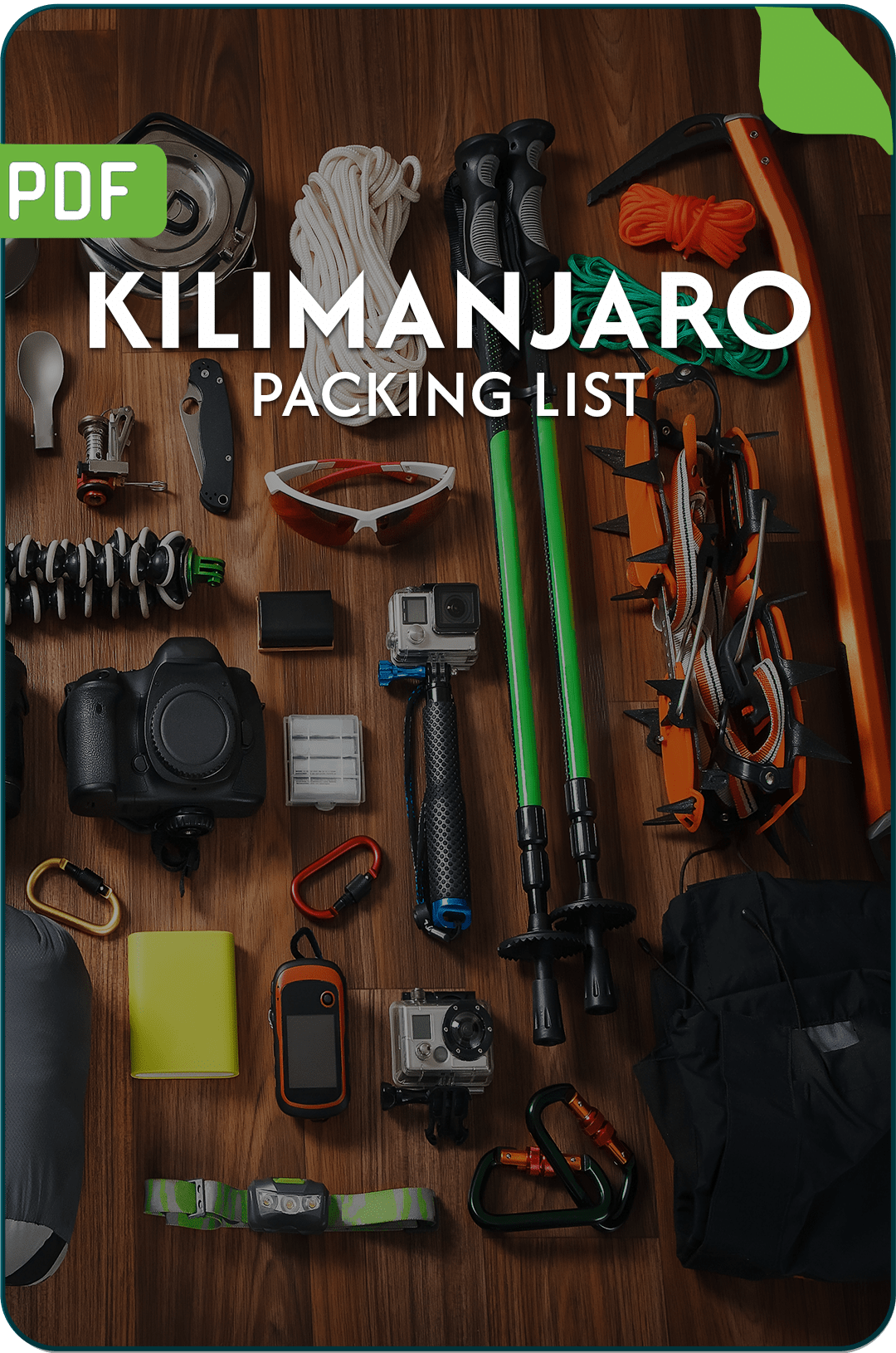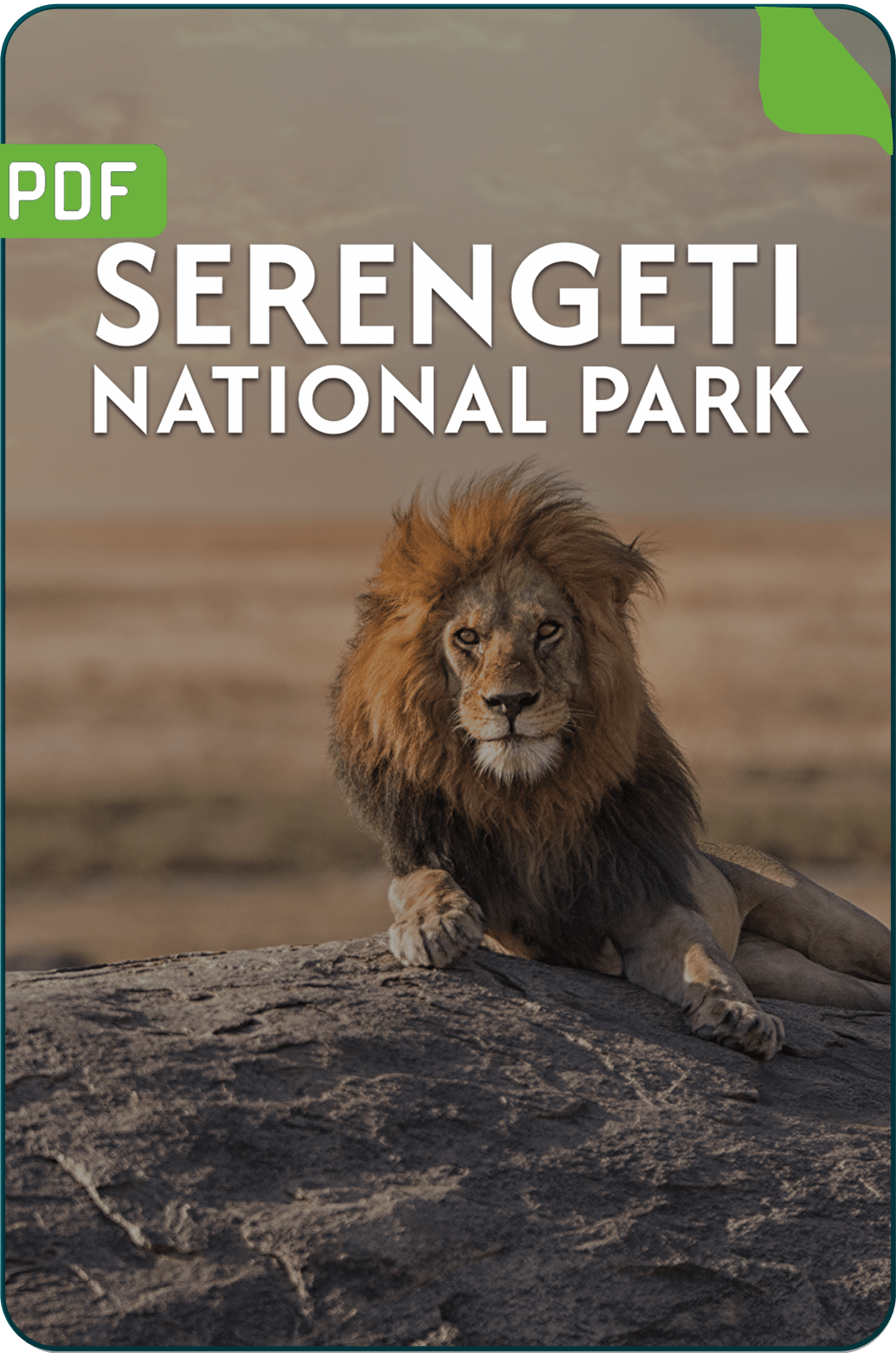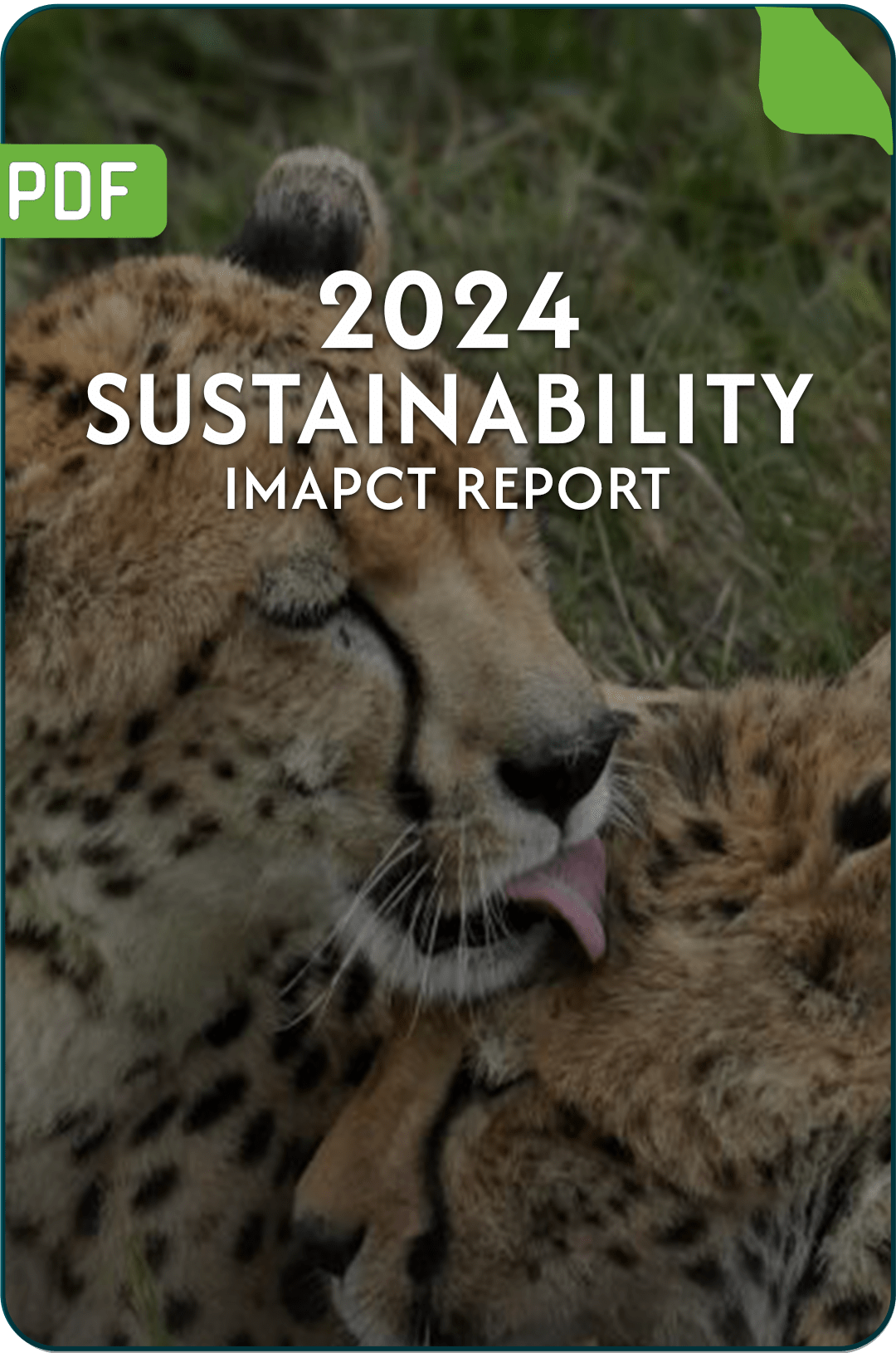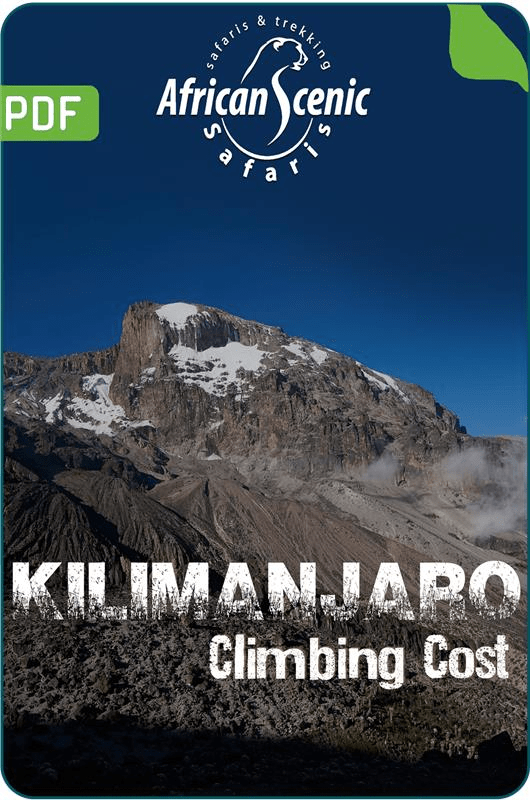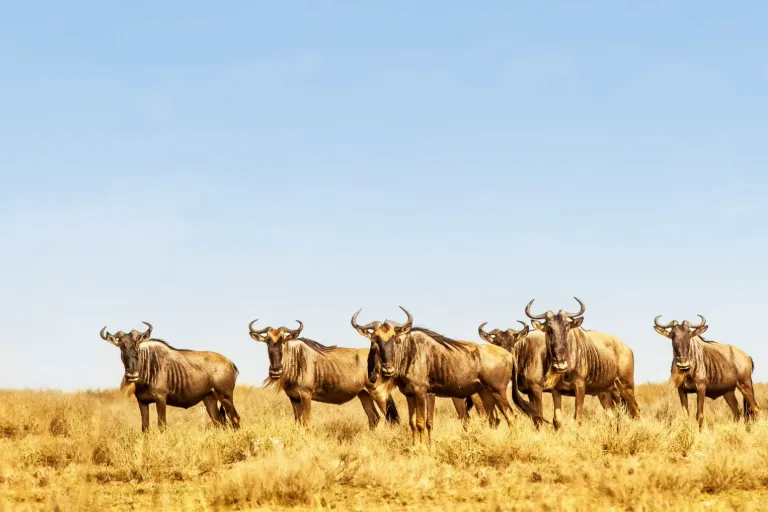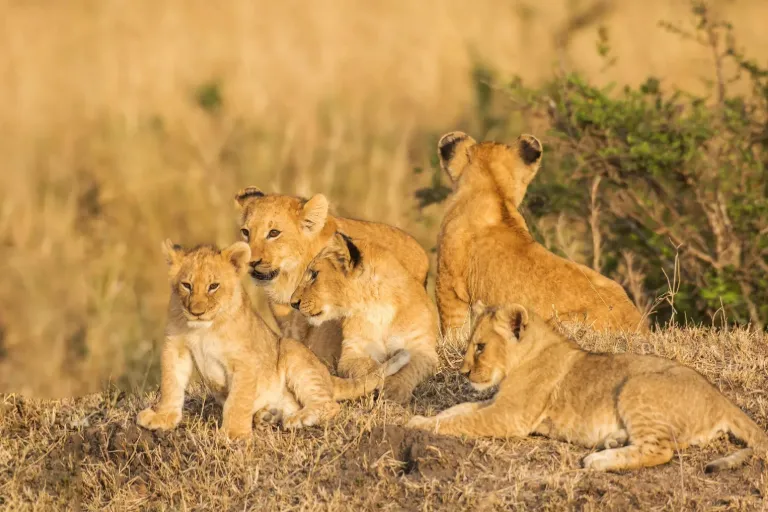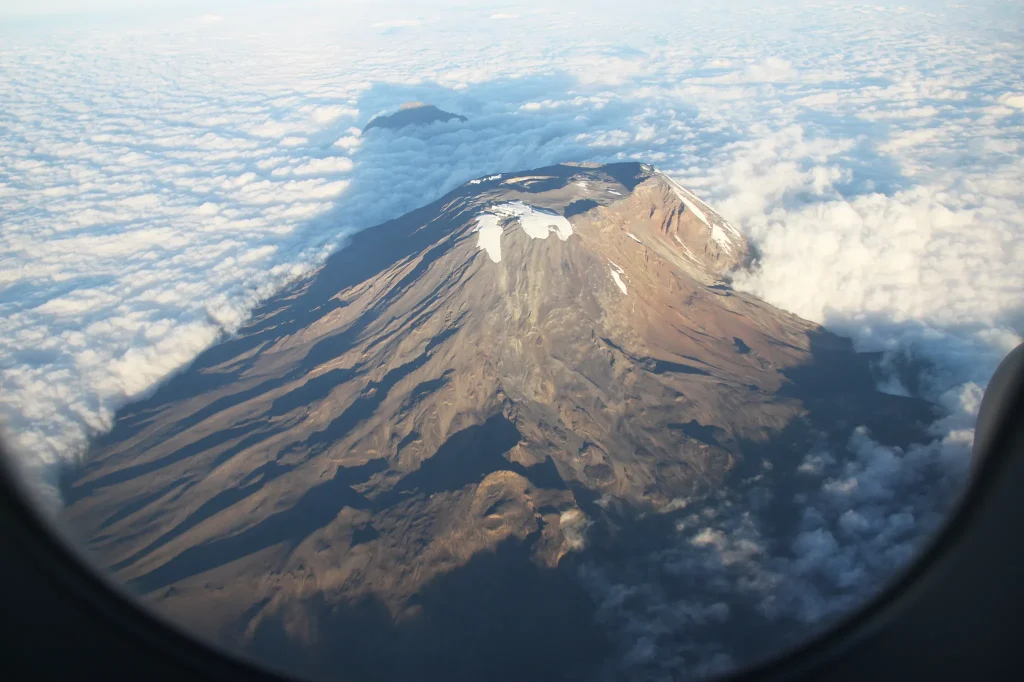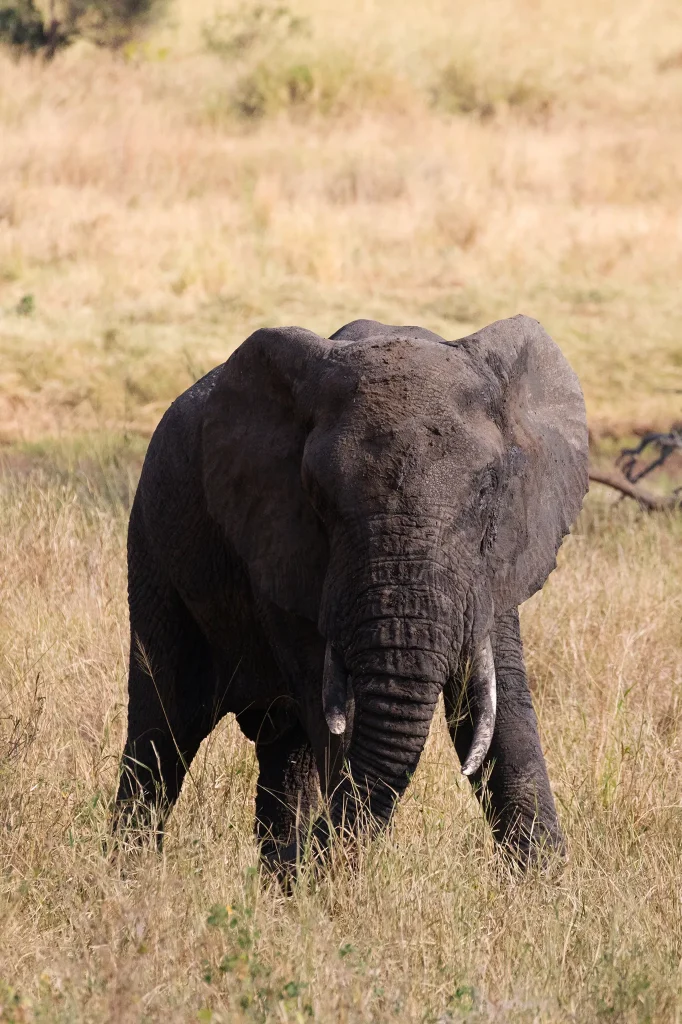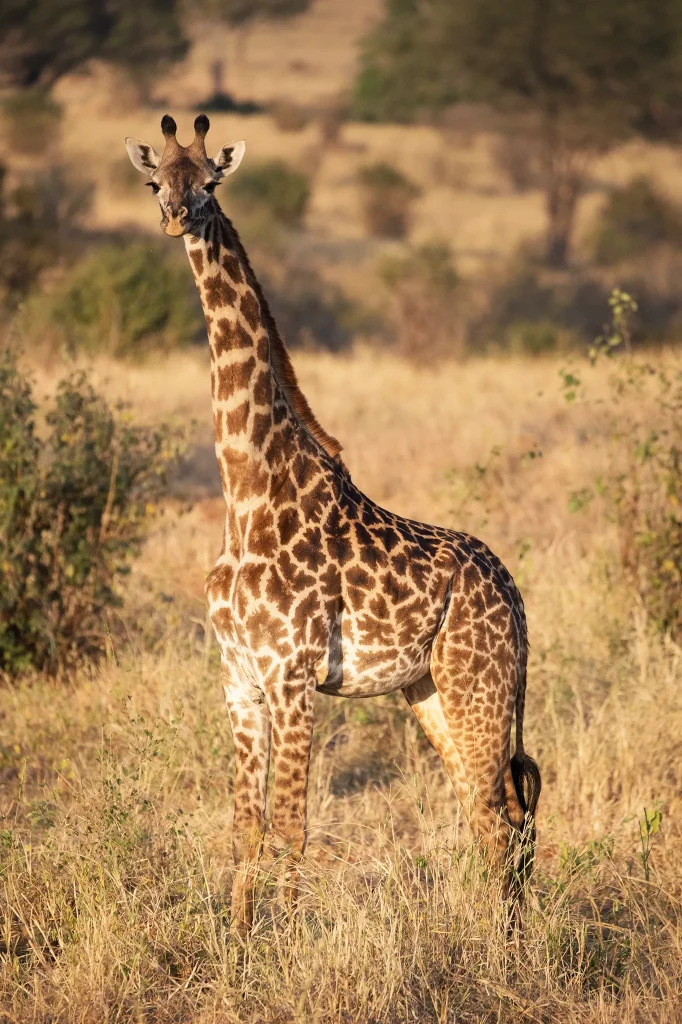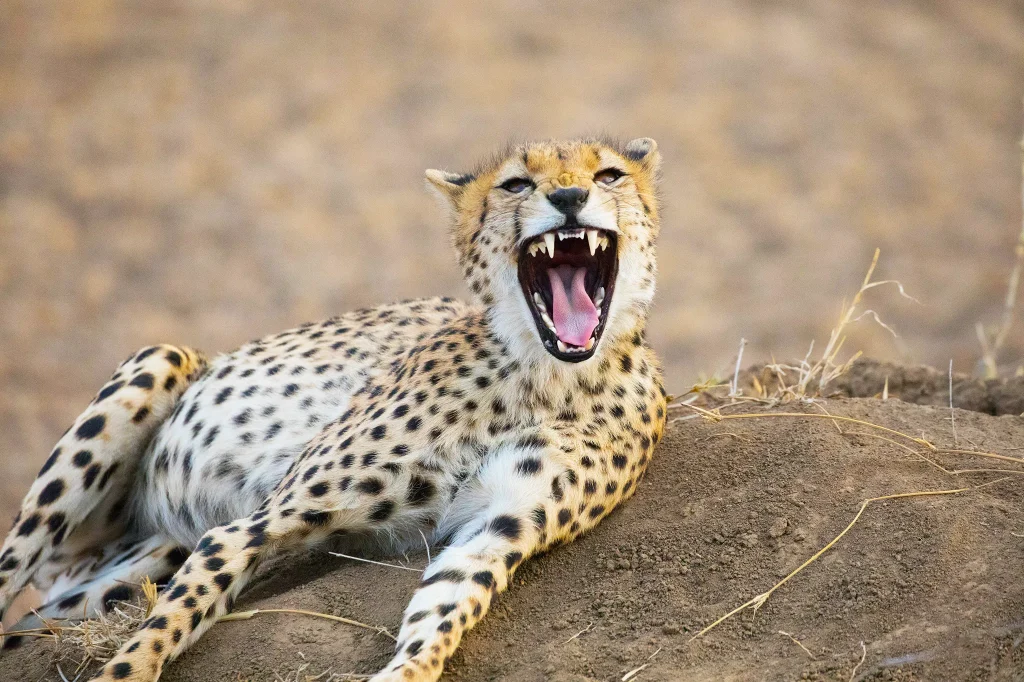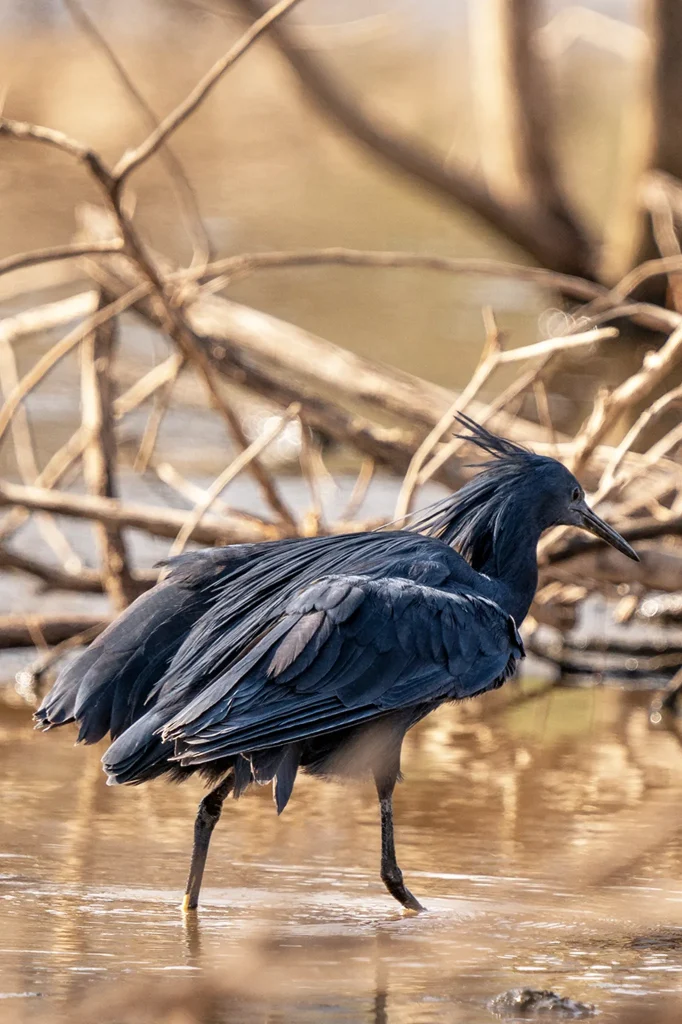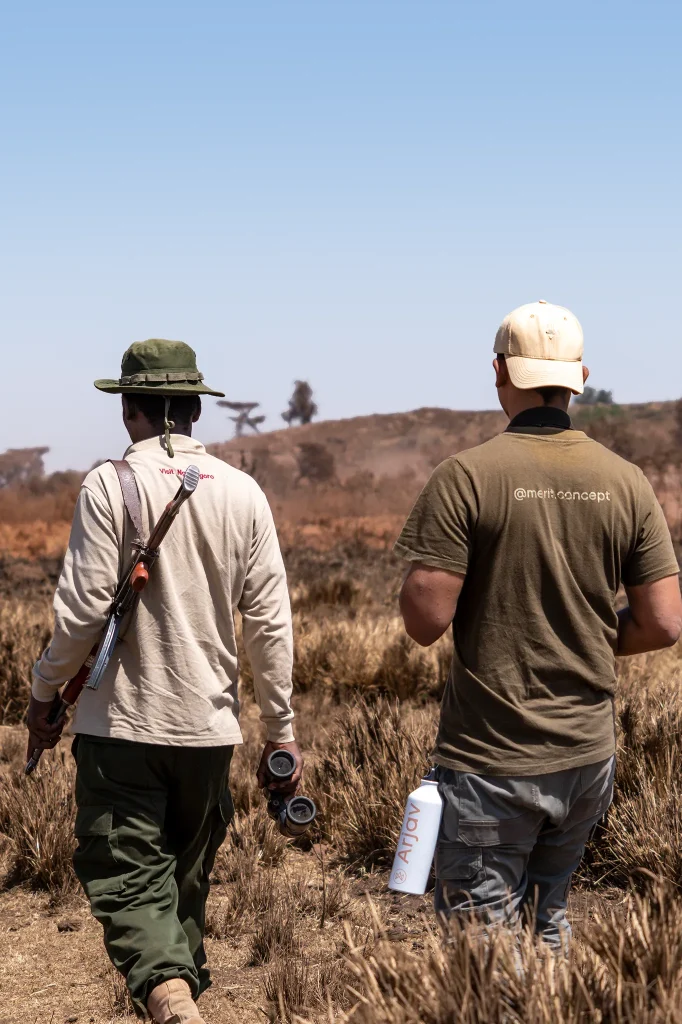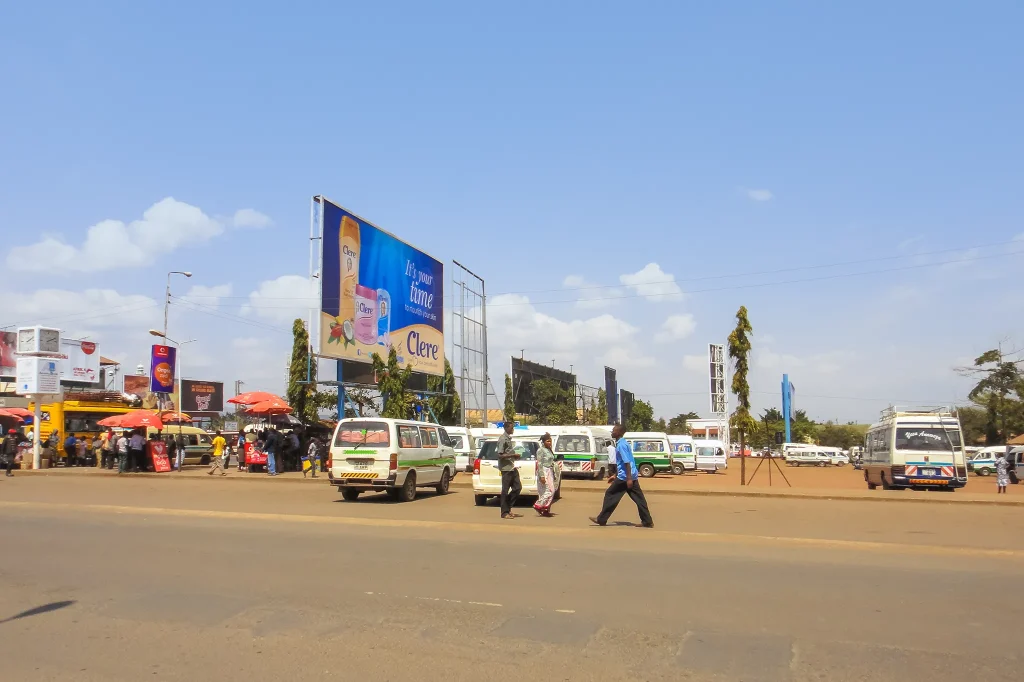Are you excited about the Serengeti Wildebeest Migration? Do you know there are many facts about the Great Wildebeest Migration? What does the magical annual wildebeest migration in the Serengeti offer? Let us explore some exciting things and facts about the Great Migration in the Serengeti!
Explained Serengeti Wildebeest Migration
Annually, millions of wildebeest and other animals embark on an epic journey from Tanzania’s Serengeti National Park to Kenya’s Masai Mara Reserve.
This is the most adventurous Serengeti Wildebeest Migration and is an annual event. It includes the movement of wildebeests, Grant’s gazelle, zebras, eland, Thomson’s gazelle, and impala. The animals move in an annual pattern that makes their movement predictable. Throughout the year, the animals migrate in search of food and water.
Booking a Tanzania Safari helps you witness the most exciting and adventurous annual event on the planet.
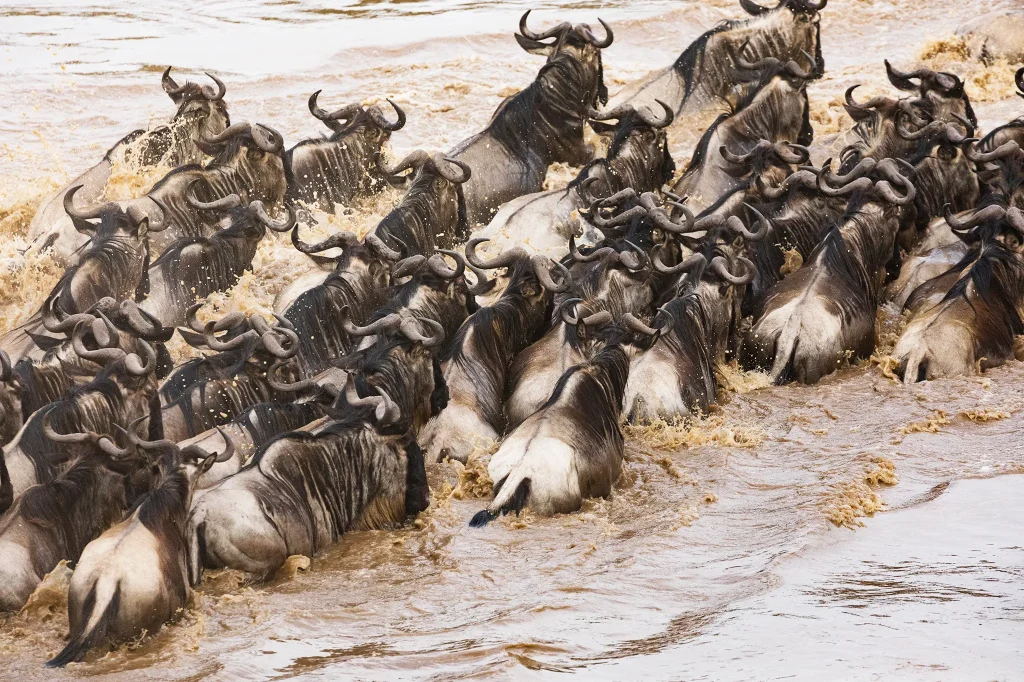
An Ancient And Annual Mass Wildebeest Migration!
An unparalleled natural show, the Great Wildebeest Migration, takes place each year in the Serengeti and Masai Mara reserves of Tanzania and Kenya.
- Around 1.5 million wildebeest, 200,000 zebras, and tens of thousands of antelopes move in search of new grazing sites, sparked by the periodic rains.
- Along the route, they must cross perilous rivers where crocodiles lurk, and many become prey to lions, leopards, and cheetahs, among other predators.
But when do the river crossings occur, and when is the optimum moment to witness the migration in action?
The Great Migration is an ongoing, yearly mass movement of species. But it is most well-known for its tense river crossings, from July to October. Millions of wildebeest, zebra, and antelope set off on a dangerous trek to locate adequate grazing and return to the southern plains of the Serengeti for the yearly calving season, propelled by the rains in East Africa.
The expedition begins following the calving season in the Ndutu region of the Ngorongoro Conservation Area and the southern plains of the Serengeti National Park, moving roughly clockwise. After that, the herds move north and west toward the Grumeti region.
After crossing the Grumeti River, they continue travelling northward to Kenya’s Maasai Mara National Reserve, which shares a border with the Serengeti to the north. They travel over many rivers, the Mara River being the most well-known. The wildebeest spend about a month or two in the Mara before heading back to the south and migrating to the lush southern plains to give birth.
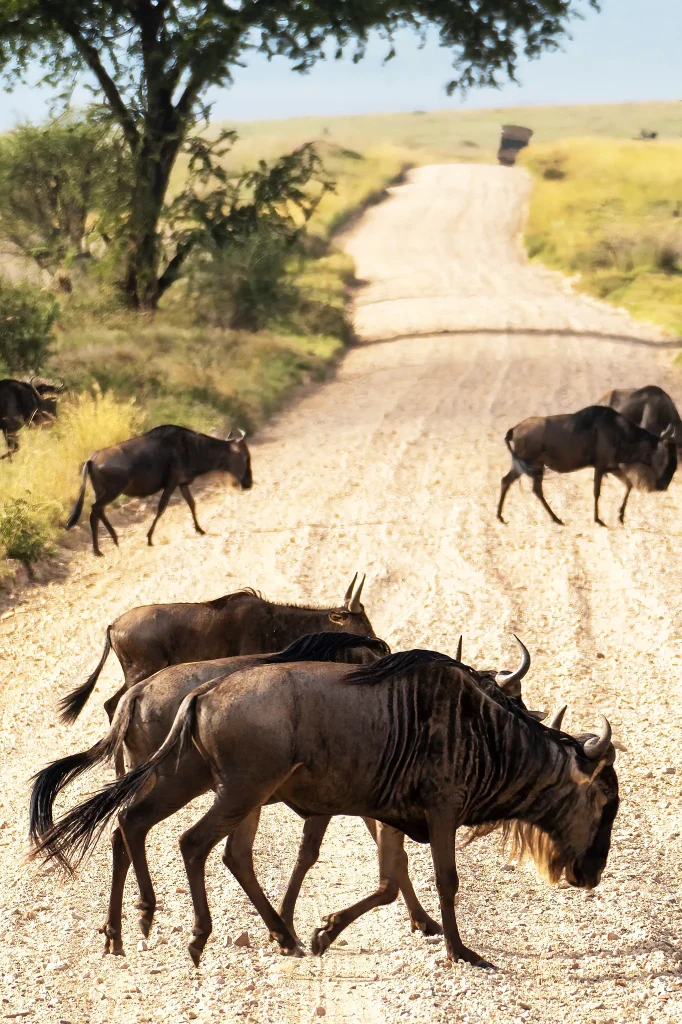
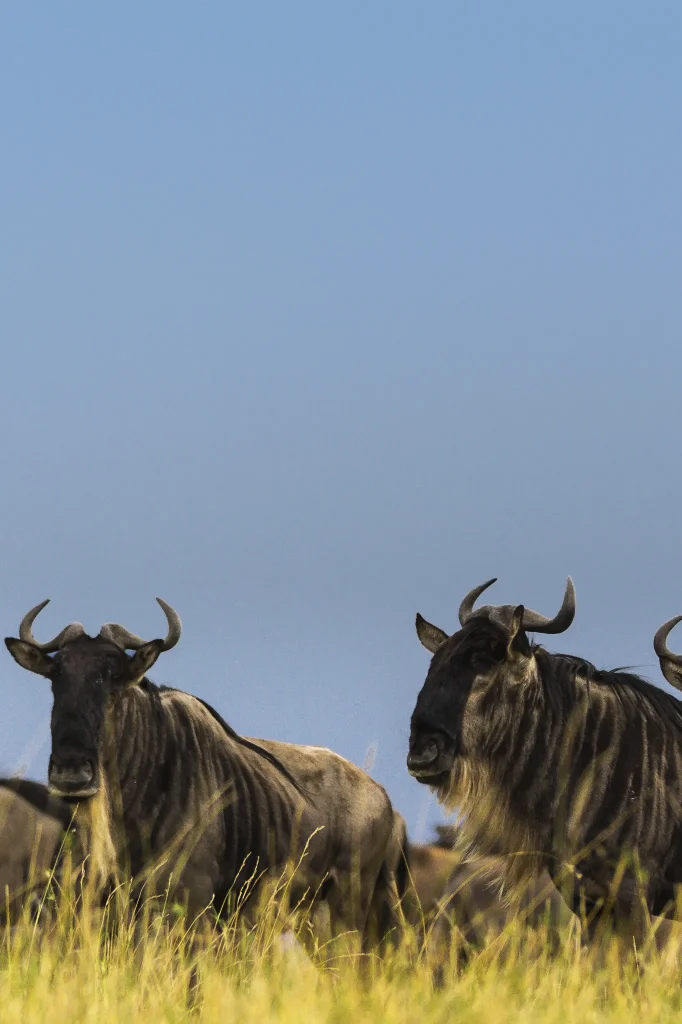
Types Of Animals Take Part in The Great Wildebeest Migration
Over 2 million wildebeests, thousands of zebras, and gazelles take part in the great migration by forming a super herd. Animals looking for fresh grazing and quality water take part in the annual migration from the Serengeti to Masai Mara.
Carnivores like lions do not migrate with grazing animals. The carnivorous animals feast on the grazing animals if their paths cross during the migration.
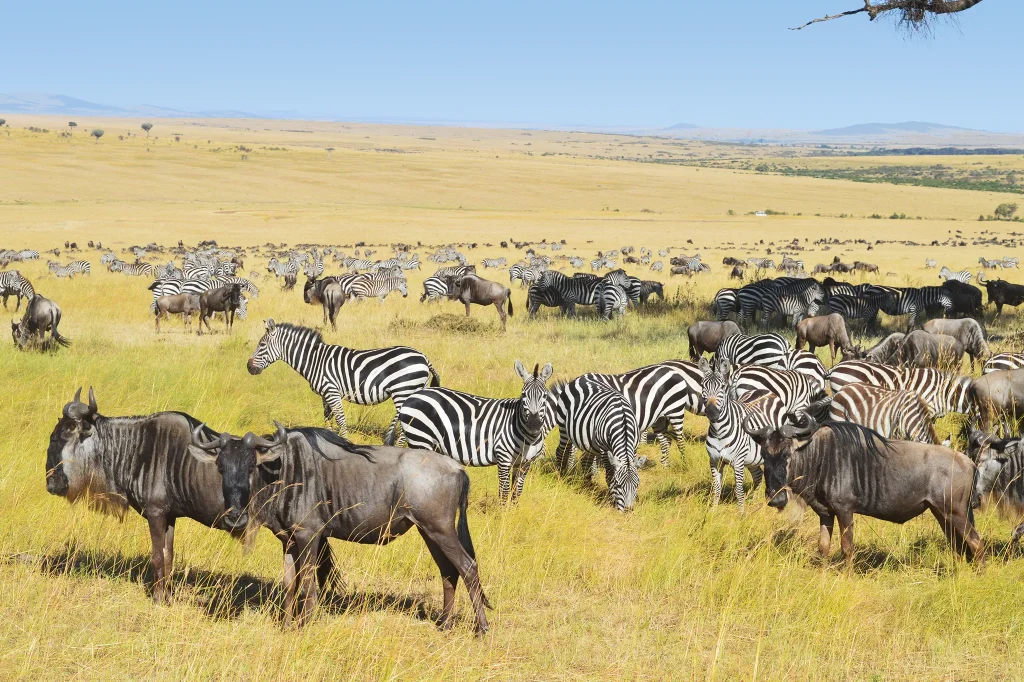
Reasons Why Serengeti Wildebeest Migration Happens?
The Serengeti Wildebeest Migration happens when grazing animals follow the rains in search of lush green grass. The annual migration is an event that keeps the ecosystem of the Serengeti healthy. The animals shape their environment according to their needs. The epic migration has no beginning or end. It is a continuous cycle that moves on!
Explained Month by Month About the Serengeti Wildebeest Migration!
January:
On a Serengeti Great Migration Safari, during January month, you can see females in the herd heavily pregnant. The Southern plains of Serengeti National Park experience the first rains. Moving towards the lush green grass is a priority for the herds.
February:
Annually, half a million zebras, wildebeest, and other grazing animals are born on the Serengeti plains. February experiences the highest birth rate.
The abundant fresh grass around Lake Masek and Ndutu makes the area an ideal place to give birth.
March:
Serengeti Great Migration Tours offers you a personalised experience of witnessing migration. During this time of the year, you can find the herds in the Ndutu and Kusini Maswa regions of the Serengeti National Park. Be prepared to experience afternoon rainfall in March during the safari.
April:
In April, you have to carry your rain jacket. The herds move from the Ndutu region to Moru. The herds split into large groups that stretch as far as the horizon. It gives an exceptional view. At Simba Kopje, you can spend some worthwhile time seeing the lion hunting.
May:
Wildlife photographers can get the best action shots in the Serengeti National Park this time of the year. You can see the calves grow bigger and stronger. Between Moru and Mokoma regions, you can find the herds moving toward Lake Magadi.
June:
The herds spread out and some reach the Mbalageti River around this time of the year. You can find some herds in the southernmost corner of the Samiti and Nyamuma Hills.
July:
July is the mating season that you can witness in the Serengeti. The herds are in the Grumeti Reserve towards the west of the Serengeti National Park. The Grumeti River crossings are worth watching. The Grumeti River, with less water volume of the water provides a perfect platform for spectacular river crossings by the herds.
August:
The herds are way up to the northern Serengeti to face the biggest challenge of survival at the Mara River. The gushing waters of the Mara River are responsible for many animals during the river crossings. The river crossings attract large volumes of tourists to witness the spectacle.
September:
During September, the weather is dry and hot. You can see the Mara River Crossing end at this time of the year. The herds are found in the vast open Masai Mara plains.
October:
You can see the herds that survived the Mara River crossing grazing in the Masai Mara Plains. The fresh grass is the reward for the survivors.
November:
Short rains during November trigger the cycle of migration. The herds leave Masai Mara to head towards the Serengeti National Park. You can see the herds in smaller family groups on the way to grazing and starting the migration.
December:
By December, you can find the herds back south of Serengeti National Park.
What Makes the River Crossings in Serengeti Fascinating?
The scenes of wildebeests, zebras, and a few antelope species clambering haphazardly across turbulent, crocodile-infested waterways are scenes that we have all seen on Earth.
Of course, some lions and leopards lurk in the riverside vegetation to ambush unwary victims. With limited time and basic video technology, it might be hard to capture the effect of thundering hooves, the desperate drive to get to the other side, and the drama of predation.
One of the best places to view the wildebeest migration is on the Mara River. The Mara River flows through Kenya and Tanzania and is directly on the migratory route of many animals in the Masai Mara and Serengeti National Parks. It is also a vital part of the river system that brings water to the region. The wildebeest crossing in this river is one of the most spectacular spots to view.
During July or August- many herds have reached the Mara River to cross, but others will continue to cross into October. The river is exceptionally long and has many potential crossing points in Kenya and Tanzania. Also, consider the popularity of the place you are trying to cross. Since the wildebeest spend most of their time in Tanzania, many people recommend viewing the migration from there.
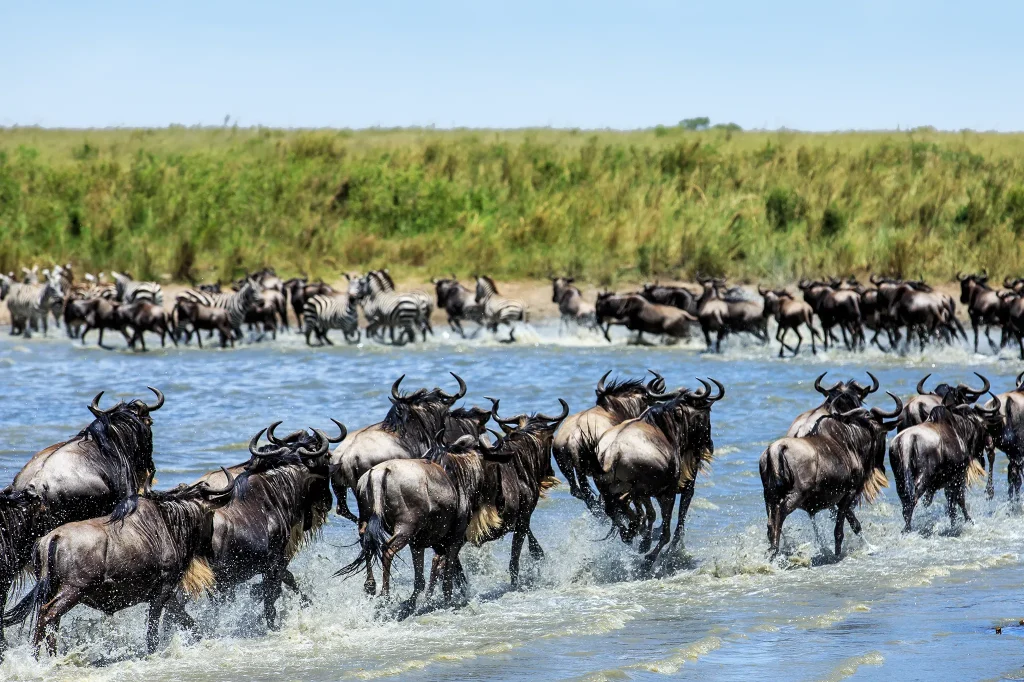
The river crossings in the Serengeti are fascinating for several reasons, including:
- The Mara River crossings happen during the dry season.
- The migration of wildebeest covers a vast area. You get more Mara River crossing frontage in Tanzania’s Serengeti.
- The migrating herds split over a wide area and are easily scared by real or imagined threats.
- You can watch the extraordinary chaos as the animal herds struggle to cross the river filled with crocodiles.
Is Tanzania’s Serengeti National Park The Best Place To See The Wildebeest Migration?
The Wildebeest migration is active in Tanzania’s Serengeti National Park for nine months and three months in Kenya’s Masai Mara. It makes Tanzania’s Serengeti National Park the most preferred destination to watch the Wildebeest Migration.
Do you want to plan your Serengeti Wildebeest Migration Safari adventure? Contact us at +255 (0) 784 413 801 or email us at info@africanscenicsafaris.com. For all bookings and inquiries!
Tips To Witness The Serengeti Wildebeest Migration
- Decide what you want to see the most! It helps in time management and makes the most out of your wildebeest migration safari.
- Choose your safari lodge in Serengeti National Park carefully! It can help you see the herds on the move.
How To Enjoy a Serengeti Wildebeest Migration Safari?
You require proper planning and time management to make your Serengeti Wildebeest Migration Safari successful. Get the assistance of seasoned professional guides. The guides are experienced and dedicated to guiding you to a better game encounter.
Without sacrificing creature comforts, you can experience a safari camp stay to get close to nature. The best tour operator and guides can make your Serengeti Great Wildebeest Migration safari memorable.
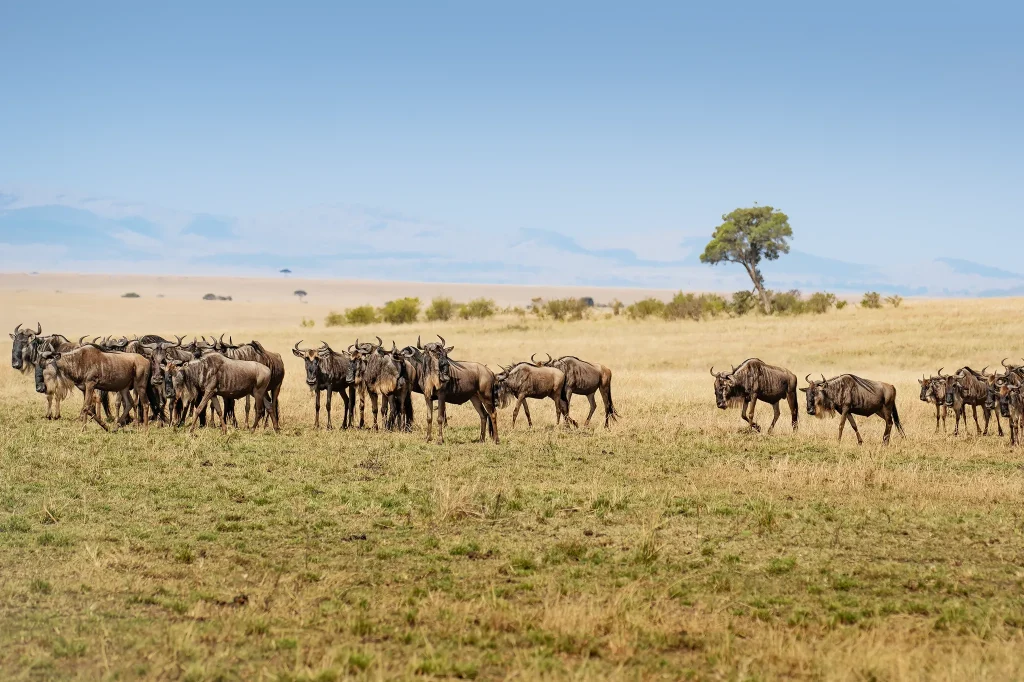
Witness the Migration Magic
The Serengeti Wildebeest Migration is truly one of the most breathtaking experiences for wildlife and nature lovers. In this article, we shared fascinating facts that will inspire you to see this natural wonder for yourself.
If you’re excited to witness the Great Migration up close, visit our website, African Scenic Safaris. We would be delighted to help you plan the perfect Serengeti Migration tour and create memories that last a lifetime.



